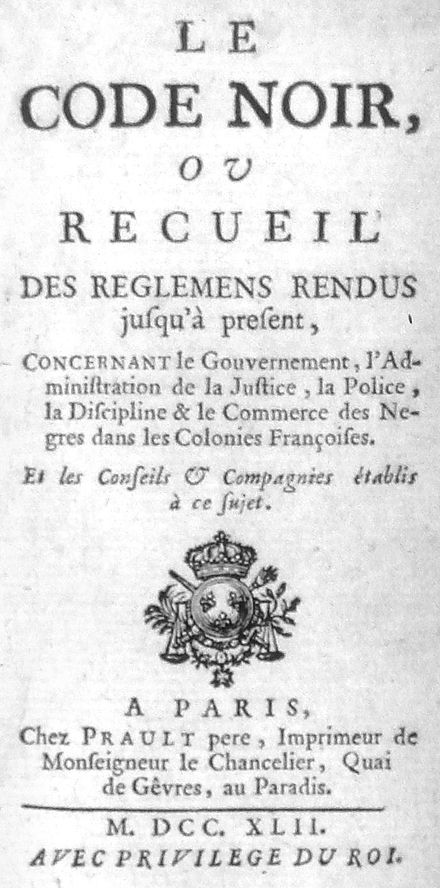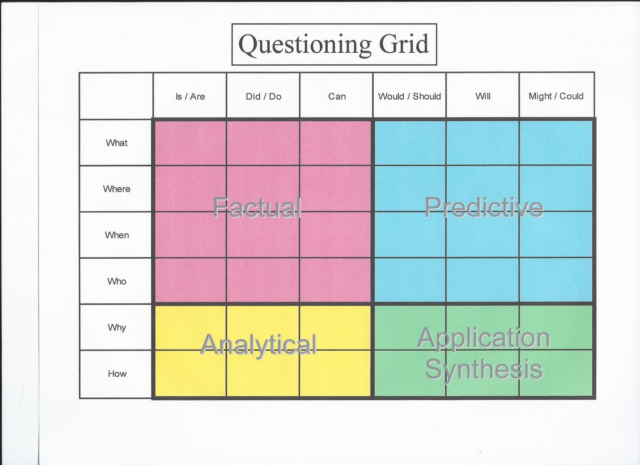
When painting I often get so caught up in tiny details that I don’t step back and look at the whole painting (apparently that is what easels and long-handled brushes are for). This makes me very obsessive, and I miss the big picture.
The same has often happened in teaching. Sometimes when I’m fussing over the details of a lesson or resource, I miss an opportunity.
Last year I corrected one of these omissions by adding more Canadian topics into unit 2 (1650-1789 – What was worth fighting for?) of my grade 12 world history course. I came up with the ideas for topics and my then student teacher, Florence Marti, created the lessons focusing on the Hudson’s Bay Company as a driver/facet of colonialism. This addition to the course was inspired by a book I read about New France in the 1600s by Mairi Cowan. After all, and as Mairi shows in her book, Canada is and was part of world history.
I now see another opportunity that I had not taken in the past. In the same unit under the topic of the trans-Atlantic slave trade and enslavement of people in the New World, I have a lesson on some excerpts from the Code Noir – the laws regulating lives of enslaved people in French colonies. I’ve always had students look at this document within the Caribbean context. Why have I not seized the chance for them to learn more about Canada here? Now that I am, continue reading below and/or watch this video to see my process for changing my approach.

Code Noir

The Code Noir apparently applied in New France. The sources I have consulted are not entirely clear about the extent, but they make it clear that it existed in New France (see Canadian Museum for Human Rights).
According to Afua Cooper, Canadian author and historian, the first instance of an enslaved person in Canada goes back to 1628. Cooper says it was in 1689 that the Code Noir came into force in the colony[1].
I first started using “Code Noir” as a primary source excerpt back in 2002 because it was in the Haberman textbook (sometimes convenience is good!), and it fit in the unit that included the topics of slavery and resistance. It’s the perfect foil for the enlightenment topic as well: the enlightenment is a paradox.
So much has changed over the years in approaching topics such as slavery. First of all, the terminology we use: slavery vs. enslavement; slave vs. enslaved person. I have included a discussion of terminology in my world history class for a number of years as my own awareness of the way we teachers shape our students’ perspectives knowingly and accidentally has grown. That’s why the resistance topic has always been very important to teach. As Florence noted in her lesson, we need to be aware of how commodification and objectification of people can be implied through the way we use language and in the ways we frame lessons.
So why exclude Canadian history from this approach?
Here are the first two lessons of the slavery and resistance topic.
CHY4U Unit 2, Activity 2 (Slavery and Resistance)
2 Classes of 70 minutes each (2 more for Haitian Revolutions not included here)
Materials
- Excerpt from “Slave Ship” book (The Slave Ship: A Human History by Marcus Rediker, 2008).
- Slavery and Resistance activity handout (includes links and question grid)
- Slave Trade notes
- Slave Trade slides (including links)
- Slavery and Resistance Day 1 and 2 Follow-Up
- Code Noir worksheet
- Code Noir (p 108 in textbook)
- Textbook pages 108-111 (The West and the World: Contacts, Conflicts, Connections by Arthur Haberman and Adrian Shubert, 2002).
Lessons
Day 1
Minds On

Have Vicissitudes under-water sculpture showing on the title page of the slides (note, the sculptor did not intend for it to represent victims of the slave trade, but it has been interpreted by MANY people to mean that).
Also, trigger warning for today’s topic – may be traumatizing for some. It is a very horrible topic to learn about but extremely important.
Read excerpt from “Slave Ship” to set the mood (usually I read the first few pages – the forced and harrowing journey of a captured woman from the interior to the slave ship).
Have students watch the interactive map of the trans-Atlantic slave trade and come up with inquiry questions using the question grid. I usually show the map many times and ask students to stop and notice certain trends (e.g, change in pace and number of ships, change in destinations). Emphasize that these are not just dots on the map. Each ship held captives – real people. If you click on the dot you can see how many people were aboard each ship and where it was destined for.

Action
Continue slides to get the gist of how the trade worked. Ask students to corroborate (confirm) by picking out details from Slave Trade notes that correspond. Students work in groups to be able to discuss and develop selection criteria.
Remind students that this is not just a story of people who were stolen and then just accepted their fate. People resisted in many ways (reminder of unit question – what is worth fighting for). Have students read pages 108 to 111 in the textbook and take notes on methods of resistance. This is a very important way of de-emphasizing objectification. Though of course enslaved people were victims, they were humans first.
For day 1 follow-up, students are to categorize those methods of resistance: don’t give students all the categories – maybe one example such as spiritual. Some very thoughtful comments usually happen in the brief take-up at the start of the next day when students discuss the vast array of ways that enslaved people resisted.
Day 2
Minds On
Pick a quote from Code Noir and read it to class without mentioning where it’s from (3 possible examples below).
5. We prohibit our white subjects of either sex from marrying blacks, on pain of … punishment and fine…
8. All children born from marriages between slaves will be slaves….
27. Verbal excesses committed by slaves against free people will also be punished with death.
Ask if anyone thinks they know what it is referring to? In what kind of PSD would this be found?
Once ascertained, ask: Does the Code Noir seem surprising in a lesson in the same unit as the enlightenment? Remind students of previously learned enlightened characteristics. They will be contrasting with the code with these supposed characteristics.
Background info: Enlightened Characteristics taught in the previous lesson
- Reason over tradition
- Rational optimism
- Freedom of thought over obedience to tradition
- Rights
- Tolerance
- Individualism
- Social criticism
- Secularism
Action
Introduce the PSD for today, Code Noir, the French law code that regulated the lives of enslaved peoples and those they interacted with in their colonies.
This applied in Quebec as well – yes, there was slavery in Canada.
Ask students:
- Did they knew there was slavery in New France and Canada?
- If not, are they surprised? Why? New France was a French colony, after all. Same for English Canada as a British colony and we know they had slavery in their colonies.
- Does this change their thought process about Canadian history? Canada is not excluded from the forces that dominate world history, such as colonialism and slavery. It is at the centre of them, just as these themes have been present in all the societies we’ve studied so far (Mexico, Japan, Kongo, etc).
Each group is to work through the Code Noir worksheet using the PSD on page 108 of the textbook. The chart also asks students to contrast the Code Noir with enlightened characteristics as a reminder that the enlightenment was a paradox.
Consolidation
At the bottom of the chart there is this fill in the blanks: See if groups can get it. To what extent does it sum up the colonial attitude toward enslavement? Perhaps groups can do better and come up with their own summation.
- Based on the chart above, what do you think were some of the main themes of the Code Noir?
Hints:
control of religion and family structure; perpetuation of the institution of slavery through procreation based on a belief that blacks were inferior .
For HW, students can do follow up questions for Day 2.
[1] Afua Cooper, Slavery in Canada, Ontario Historical Society website, https://ontariohistoricalsociety.ca/wp-content/uploads/2020/06/slavery_in_canada.pdf
Video (Risa shares her process)